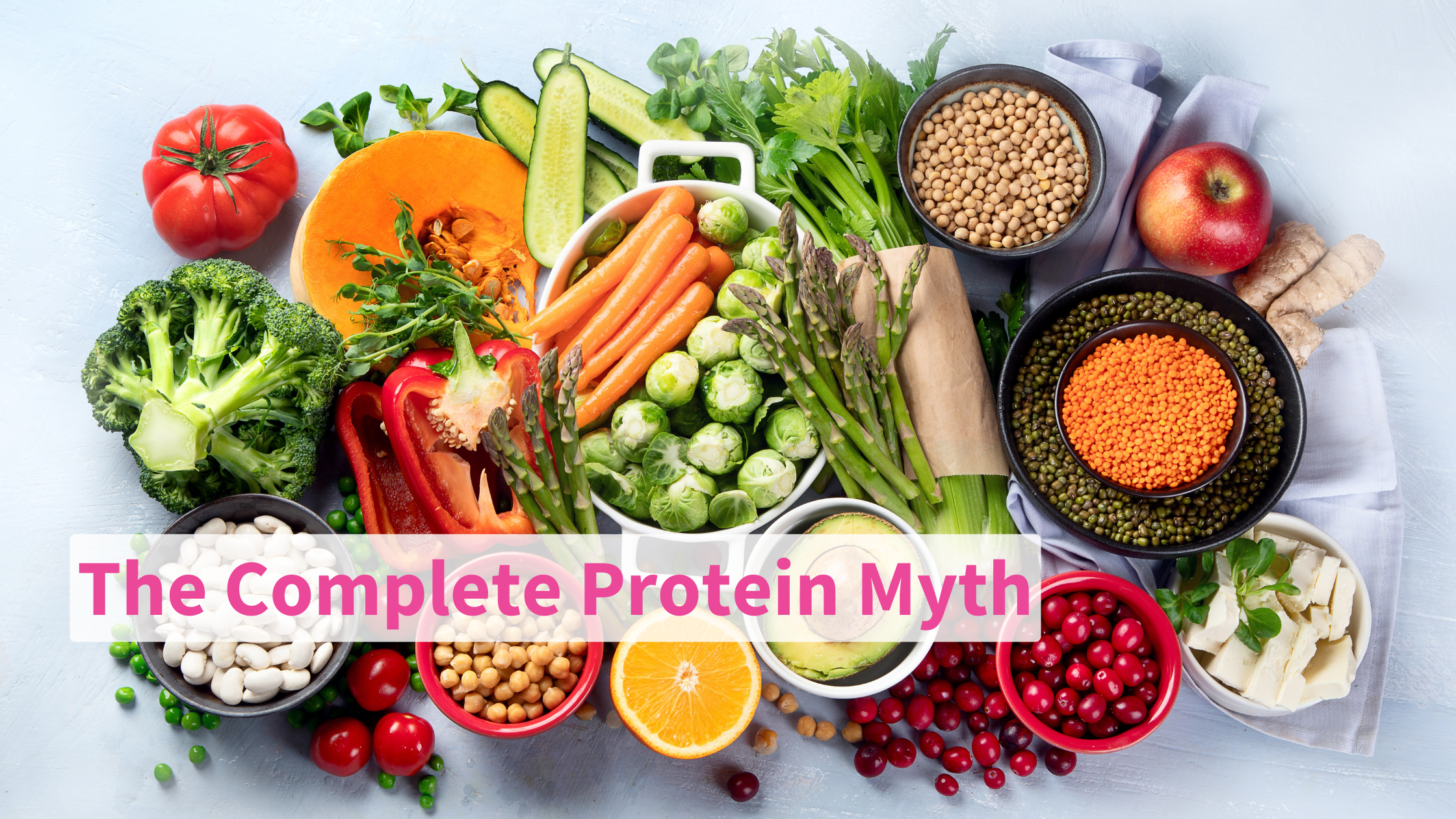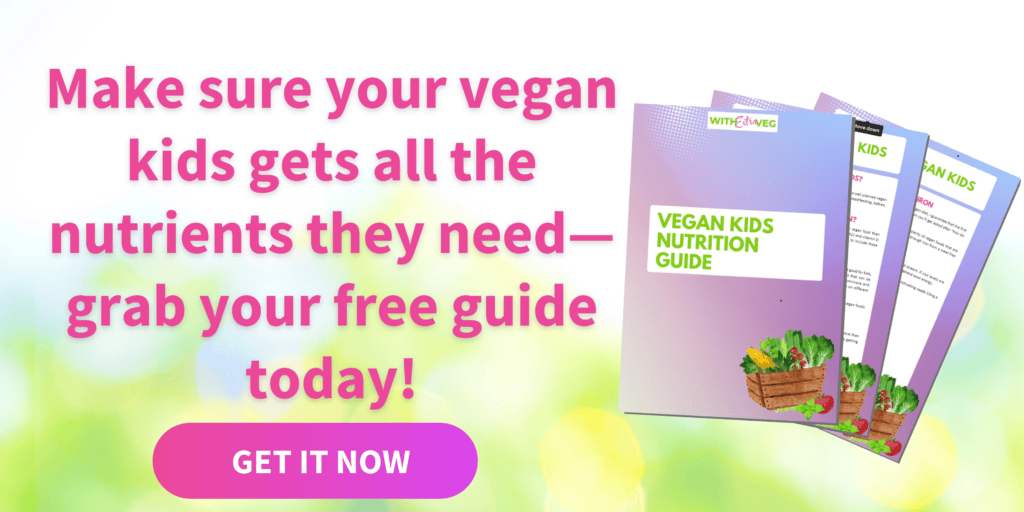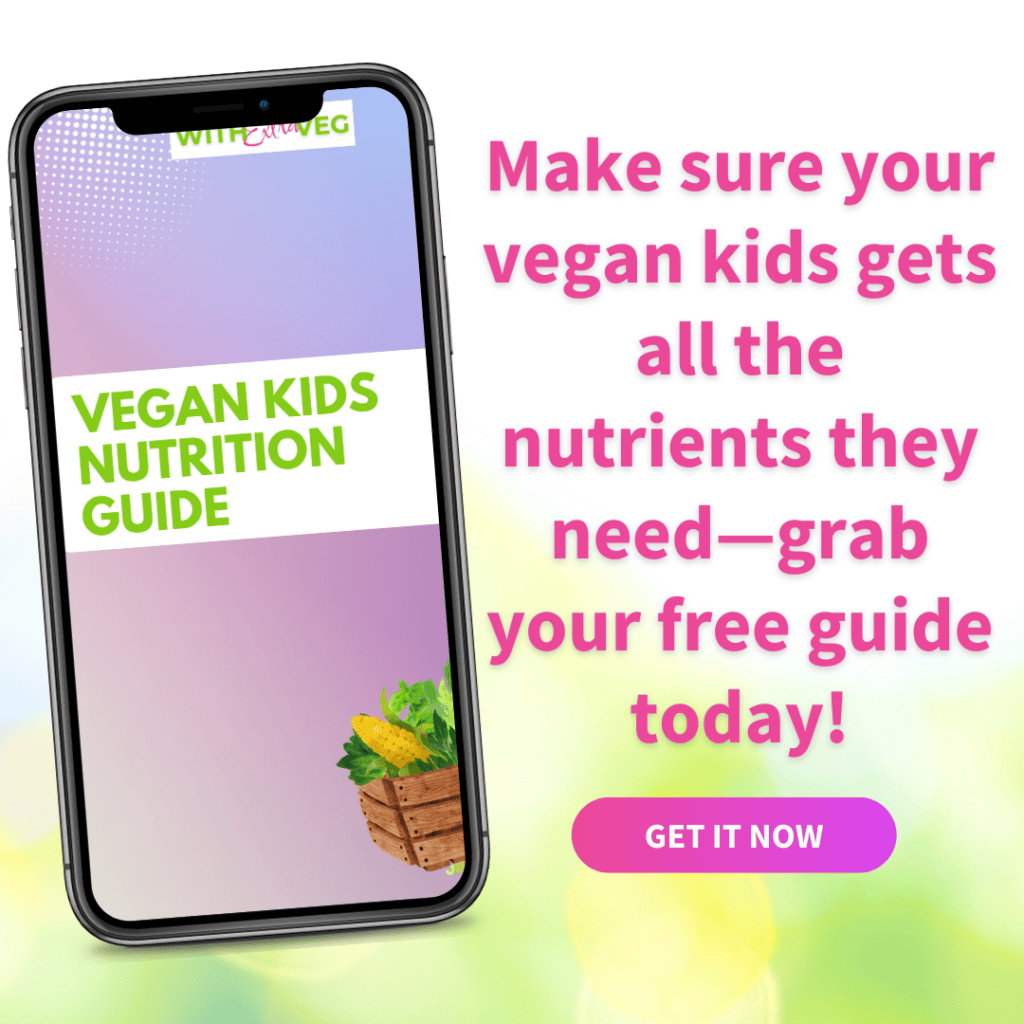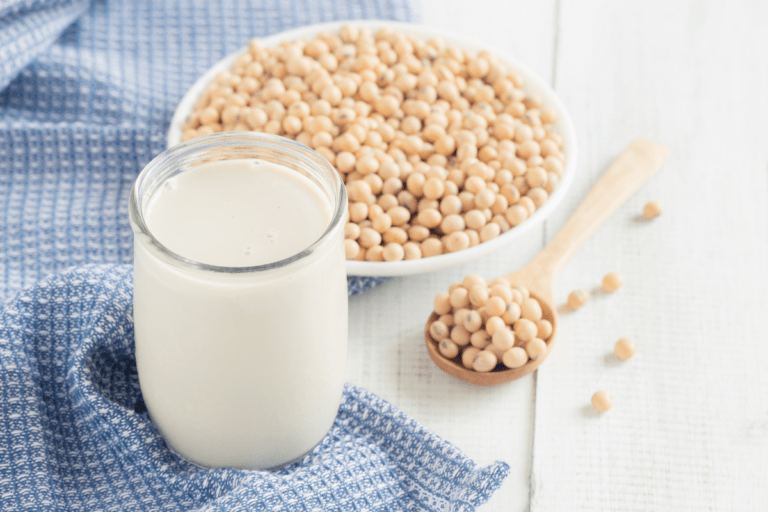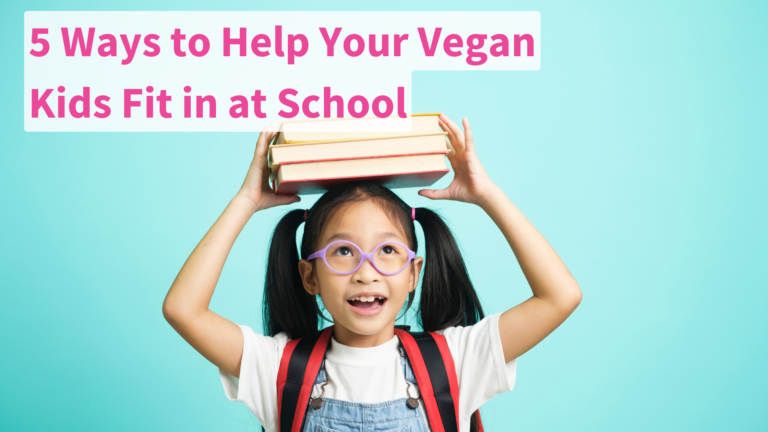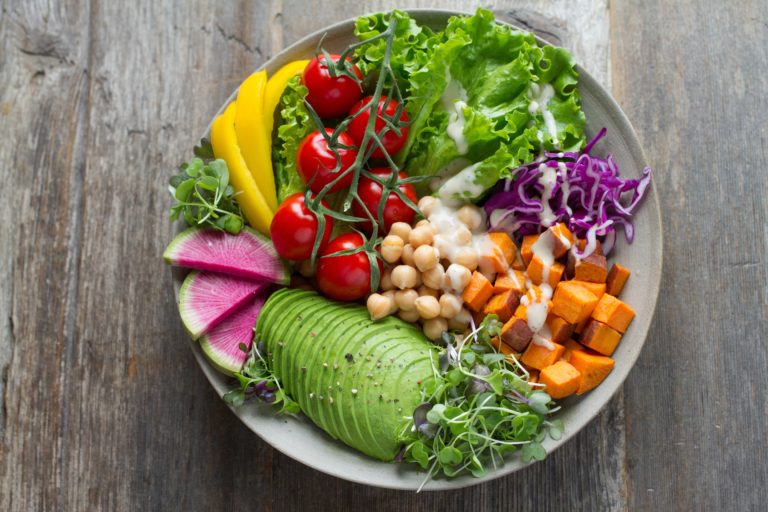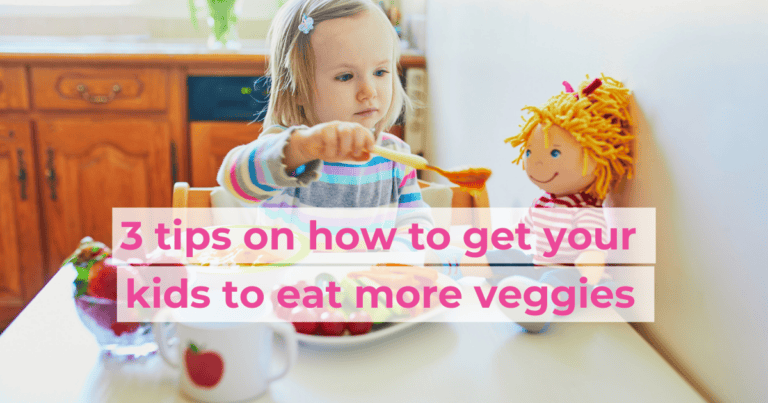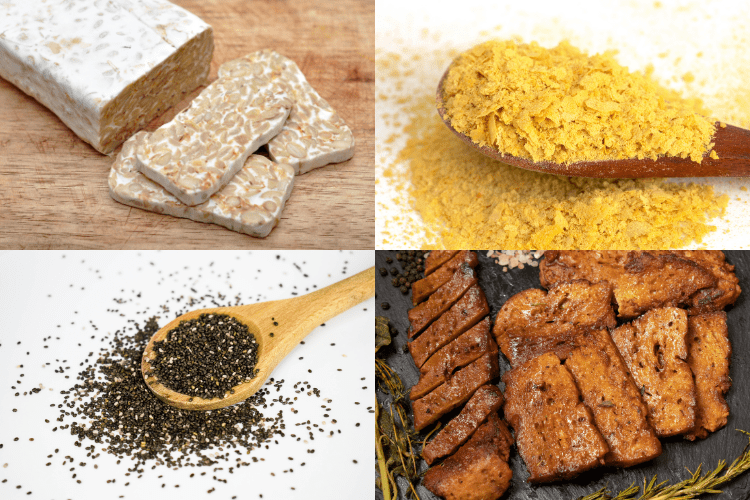Vegan Complete Protein: Debunking the Myths and Discovering the Best Vegan Protein Sources for Kids
When transitioning to a plant-based diet, one of the most common concerns is about protein. Specifically, there’s a long-standing myth that vegans need to carefully combine foods to create “complete proteins” at every meal. Fortunately, this myth has been thoroughly debunked. In this post, we’ll explain why you don’t need to worry about complete proteins on a vegan diet and explore the best vegan protein sources to keep your body healthy and strong. We’ll also cover how much protein kids need, so you can put the food portions in context.
Listen to the Episode
What Is a Complete Protein?
A complete protein contains all nine essential amino acids in sufficient amounts. These amino acids are called “essential” because your body can’t produce them on its own—you need to get them from your diet. Traditionally, animal-based foods like meat, eggs, and dairy were considered “complete,” while plant-based proteins were labeled “incomplete.”
But here’s the good news: all plant-based foods contain all nine essential amino acids, just in varying amounts. Some may have lower levels of one or more amino acids (often called “limiting” amino acids), but this doesn’t make them incomplete or insufficient for your needs.
The Truth About Vegan Complete Proteins
Contrary to outdated beliefs, you don’t need to combine specific plant foods (like rice and beans) in the same meal to create a “complete protein.” Your body is much smarter than that! It pools amino acids from all the foods you eat throughout the day. So, as long as you’re consuming a variety of plant-based foods, your body will get all the essential amino acids it needs.
Protein Needs for Kids: Australian Recommendations
This view is supported by leading nutrition authorities, including the Academy of Nutrition and Dietetics and the World Health Organization (WHO). Their research confirms that a varied and well planned vegan diet can easily meet your protein needs without worrying about protein combining or “incomplete” proteins. This is especially true when considering protein for vegan kids. Kids have such high energy requirements, that it is quite easy to make sure that they’re getting enough protein (ref).
According to the Australian Nutrient Reference Values, here’s how much protein kids need each day:
- 1-3 years: 14 grams per day
- 4-8 years: 20 grams per day
- 9-13 years: 35 grams per day
- 14-18 years: 45 grams per day for girls, 65 grams per day for boys
Now, let’s look at how the amounts of protein in common vegan foods fit into these requirements.
Vegan Protein Sources That Pack a Punch
If you’re following a plant-based diet, there are plenty of excellent vegan protein sources you can enjoy. These foods provide not only protein but also a range of other nutrients like fiber, vitamins, and minerals. Here are some top vegan protein sources to include in your meals:
- Legumes (Lentils, Chickpeas, Black Beans)
- Protein Content: 18-25 grams per cup (cooked)
- Benefits: Legumes are high in protein and rich in fiber, iron, and folate. For a child aged 1-3 who needs 14 grams of protein, just over half a cup of lentils can meet their daily needs!
- Tofu, Tempeh, and Edamame (Soy-Based Proteins)
- Protein Content: 10-20 grams per serving
- Benefits: Soy products are rich in protein, providing all essential amino acids. A typical serving of tofu or tempeh can meet about 50-100% of a young child’s daily protein needs, depending on their age.
- Quinoa
- Protein Content: 8 grams per cup (cooked)
- Benefits: Quinoa is highly nutritious with a well-balanced amino acid profile. One cup of quinoa provides more than half of the daily protein requirement for children aged 1-3.
- Chia Seeds and Hemp Seeds
- Protein Content: 5-10 grams per serving
- Benefits: These tiny seeds are rich in protein and omega-3 fatty acids. Just a few tablespoons of chia or hemp seeds can significantly contribute to a child’s protein intake, especially when added to smoothies, oatmeal, or yogurt.
- Nuts and Nut Butters (Almonds, Peanuts, Cashews)
- Protein Content: 6-8 grams per serving
- Benefits: Nuts are a great snack option or addition to meals. They’re also rich in healthy fats, fiber, and vitamin E. One serving of nut butter can provide up to half of a young child’s daily protein needs.
- Whole Grains (Brown Rice, Oats, Barley)
- Protein Content: 5-7 grams per cup (cooked)
- Benefits: Whole grains not only offer protein but are also high in fiber, supporting digestive health. A cup of oats or rice offers a substantial portion of a child’s daily protein requirement.
- Seitan (Wheat Gluten)
- Protein Content: 25 grams per 3-ounce serving
- Benefits: Seitan is one of the highest-protein vegan options available. It’s an excellent option for older children, offering a large dose of protein in one serving—easily covering daily needs for younger kids and providing a solid source of protein for older children.
Why a Variety of Vegan Protein Sources Is Key
While some plant foods may be lower in certain amino acids, eating a variety of vegan protein sources ensures you’re getting a full spectrum of all nine essential amino acids. For example, grains like rice are lower in lysine but higher in methionine, whereas legumes like beans are higher in lysine and lower in methionine. By including both grains and legumes in your diet, you naturally get a balance of amino acids without any special planning.
Don’t Worry About Vegan Complete Protein Myths
The myth that vegans need to combine proteins at every meal is outdated. As long as you’re eating enough calories and a variety of whole plant-based foods, you’ll meet your protein needs just fine. There’s no need to stress about achieving “complete proteins” in each meal—your body is capable of handling this on its own. Instead, focus on enjoying a wide range of delicious, nutrient-dense vegan protein sources that keep you feeling satisfied and energized.
More on Vegan Protein for Kids
Here are some more of my posts on vegan protein for kids:
Can Vegan Kids Get Enough Protein on a Vegan Diet?
How to Make Sure Your Fussy Vegan Kids Get Enough Plant-Based Protein
Vegan Recipes with More Protein than Chicken
And here are some of my most popular kid friendly high protein vegan recipes:
High Protein Vegan Chocolate Chip Muffins
Iron Rich Chocolate Protein Balls
Chocolate Chip Cookie Dough Protein Balls
Vegan Chocolate Chia Pudding Recipe
Final Thoughts
When it comes to a vegan diet, getting enough protein is easy and healthy. By incorporating a variety of vegan protein sources like legumes, whole grains, nuts, seeds, and soy products, you’ll provide your body with all the essential amino acids it needs. If you need help making sure your kids are getting enough of these foods, then make sure you check out my vegan families membership – Nourish and Grow.

